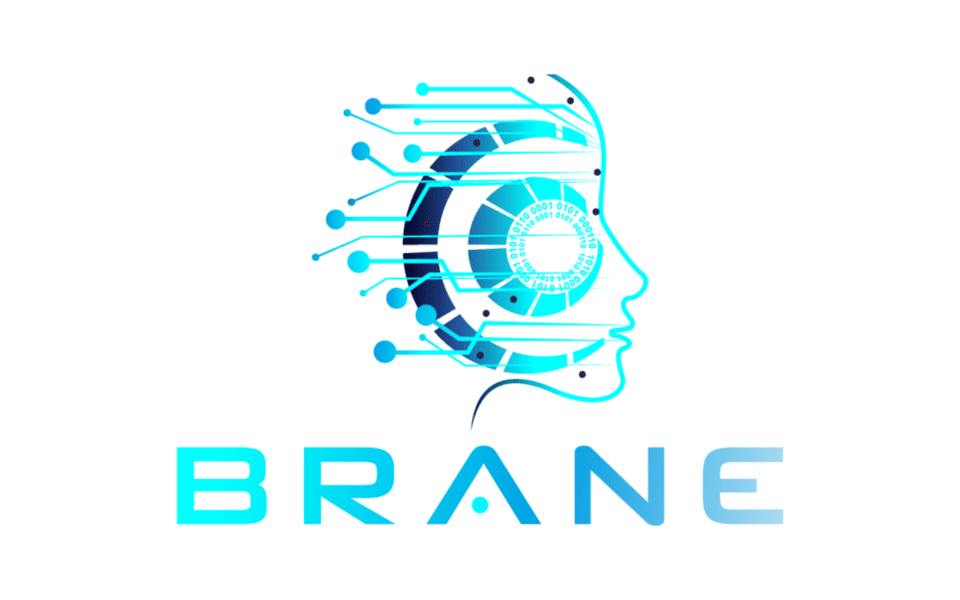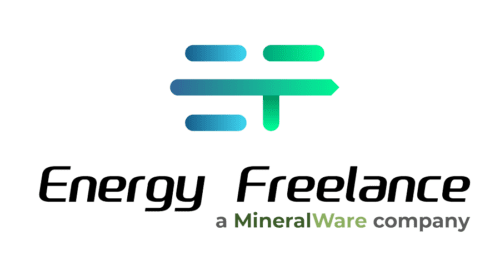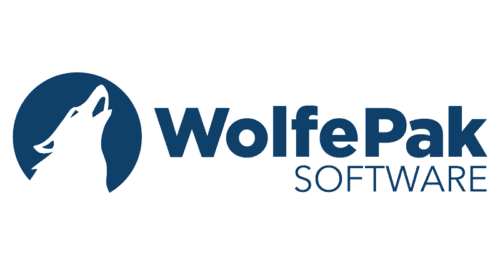Brane is an emerging FinTech company, using AI to predict locations of new wells using big-data analytics.
Eric Eissler: What gave you the idea that started your company?

Paul Carlisle: As an operator drilling, we always paid the mineral owners first from production regardless of how much it costs to drill and operate the wells. The mineral owners are insulated from all E&P expenses and operating expenses as well as P&A expenses. These numbers can be pretty impressive when looking at the large shale wells or even the deeper conventional wells.
EE: What approach did you take to look at, model and aggregate the data differently?
PC: We started with the existing permits as they were approved. This approach is nothing new for those in the business as it’s the most obvious place to look for development. Then we started working our way back in time to the earlier filings that would eventually lead to a permit’s approval. The pre-permit arena is the space we generally work in to find opportunities. Our aggregation of state data is key to our evaluation process. The more data, the better, is our philosophy. If we are not using it today, we very well could use it in the future. A lot of companies pull state data and display it for customers, but our approach is to pull all this data together and create a 360-degree view of where future oil well locations are.
EE: How does AI fit into data processing?
PC: Once we have aggregated the data from the various sources and organized it into the database, we can now apply machine learning to train the system where successful wells will be located using historical data. This machine learning will allow the AI to process the enormous amounts of data we have collected and look for “digital breadcrumbs,” similar to a conscious mind where you are fully aware of your surroundings. This ability to be aware is the cornerstone of what we are building, on a binary level, where the AI can use the past and predict the future.
EE: How accurate have your models been at finding new wells that pay off?
PC: Our first run was very successful. We purchased properties and started with three legacy wells. Then 13 horizontals were added. All of our acreages were in proved developed producing (PDP) status within 12 months. We were able to return 60 percent cash on cash over the same 12 months. Since this litmus test, we have devoted our efforts to two areas of development. First, building the correct method to extract data at the entire state level as we only previously focused on a handful of counties with our proof of concept. Second, we wanted to solve who to contact (what mineral owners will sell) for the mineral transaction process. This second area has been the most intriguing opportunity for us and has resulted in a coming patent-pending solution we hope to reveal in the coming months.
EE: Can you use your algorithms to find other things besides oil? In other words, could you customize your software to other sectors/industries and sell your software outside of oil and gas?
PC: This solution is currently focused on the oil and gas well locations; however, we have a few ideas where this data could lead to other products to create a vertical market for oil and gas data services. There have also been discussions with other interested partners in applying the technology to rare earth minerals.
EE: Based on the infographic that you provided in your deck, you assert that oil will rise again to all-time highs. Can you provide more insight on how these super cycles work and where we are now in the current cycle? While we are already seeing an uptick in gas prices here in the U.S., due to the pandemic [slowing] and people heading out more and supply on the lower side, do you believe that these prices are just a temporary bubble or are they the start of a rise in prices?
PC: The operators have cut their E&P budgets dramatically for new drilling due to the pandemic. Because of this, the operators have been drilling their tier one acreage, and now they will start using their tier two acreage. Prices are fundamentally headed upwards. Like any commodity cycle, there are booms and busts as the supply and demand constantly compete, and the pandemic depressed demand significantly, which forced operators to cut production. With a high ramp up in demand from consumers anxious to get out, the oil production is behind the curve to meet this demand. It’s not as simple as turning on a valve to supply more oil. Many operators have gone out of business, unprofitable wells have been shut down and, globally, oil producers need higher prices to pay for the economic consequences of the pandemic. Factor in a government that’s not friendly toward oil, and you have the beginning of a policy that reduces supply while demand skyrockets.
EE: While the higher prices are a boon to the industry, they are a major contributor to the rapid inflation we are seeing right now as the economy restarts. What are your thoughts on how this rise in prices and inflation coincides? Is it coincidence or a kickstart to the “up” phase of a super cycle?
PC: The prices of oil are rising outside of the overall economic inflation and are being driven by the supply and demand distortion caused by a pandemic. This supply and demand imbalance results in a rise in the cost of goods from increased transportation costs; however, other factors influence inflation like poor crop returns, harmful weather factors and supply/demand issues like the recent lumber shortage.
EE: Finally, despite lots of talk about “peak oil” in the late ‘90s and early 2000s, this theory has been well delayed after more discoveries and advancements in technologies. With new tech and a paradigm shift towards electric, do you ever foresee a peak oil point?
PC: Honestly, NO. You’re starting to see it now with the environmental, social and governance (ESG) investing model where major oil companies are losing board seats to this movement. We are responsible for our planet’s stewardship, but we also understand that once the subsidies stop for the promotion we see into “electric,” it will slow considerably. When you read behind the headlines, you see that when the MAJORS in oil and gas sell off their overseas assets, governments, not companies, buy them. Most governments halfway around the world are not held to the public scrutiny that public companies domestically are. Bad press will not persuade them to turn the spigot off.
EE: Are there any final thoughts or topics you would like to mention?
PC: Yes, I fundamentally believe that a portion of new oil and gas production will return to the conventional vertical drilling methods for new wells brought online. The reasons are based on the financing of wells and the inherent issues associated with horizontal fracking financials. A conventional well provides a more stable asset from a predictable return and decline ratio. It’s cheaper to drill and, when used as collateral, its stability is easier to borrow against. An operator can smooth out production forecasts based on a more predictable longer-term time horizon. Horizontal wells are expensive, sometimes unpredictable, and the decline rate [is] severe. With the slowdown of investment capital into E&P, operators will be required to re-think their long-term drilling strategy, so they capture the most value in multiple ways from the wells they drill. Our technology is perfectly positioned to capitalize on this hybrid drilling strategy we see in the coming years.
Eissler, former editor-in- chief of Oil & Gas Engineering magazine, previously worked as an editor for Dubai-based The Oil & Gas Year Magazine.
Oil and gas operations are commonly found in remote locations far from company headquarters. Now, it's possible to monitor pump operations, collate and analyze seismic data, and track employees around the world from almost anywhere. Whether employees are in the office or in the field, the internet and related applications enable a greater multidirectional flow of information – and control – than ever before.












